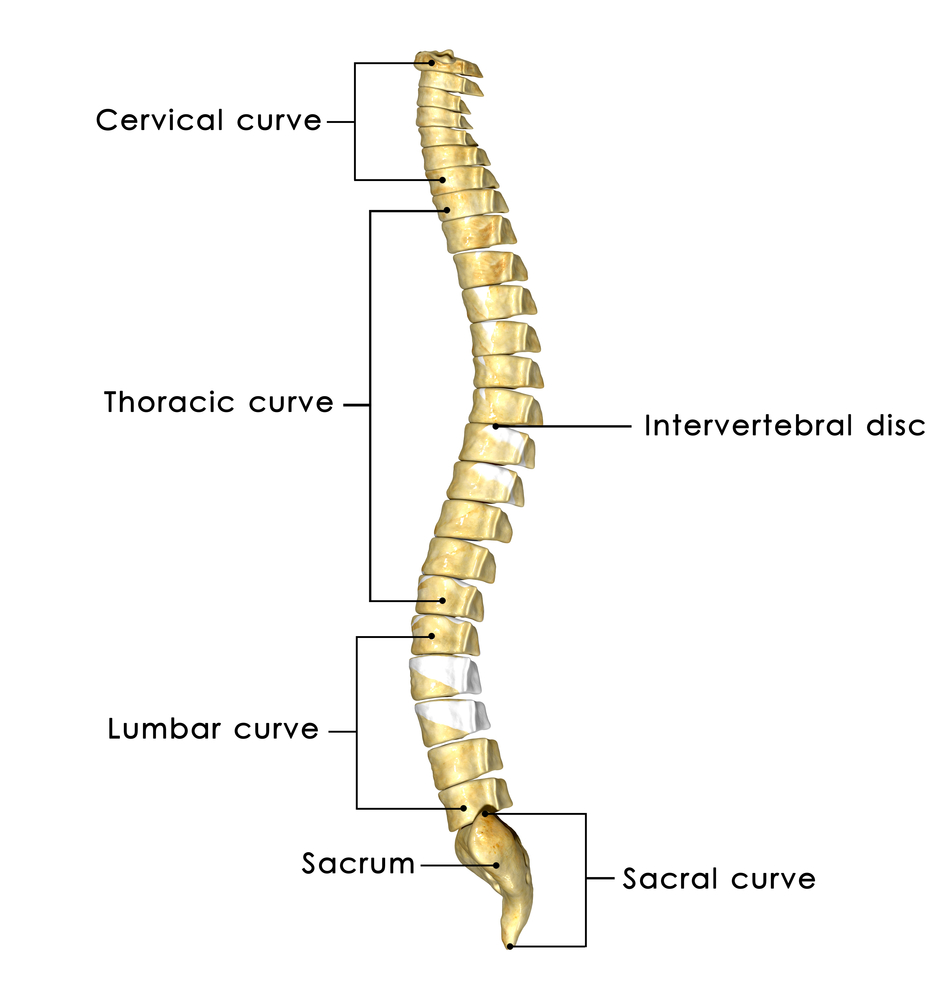All About The Spinal Cord
Definition
The spinal cord is one of the most important parts of our body. Just like with our other body parts, the spinal cord is made up of different sections and has a crucial role in our day-to-day lives.
In this article, we will discuss the spinal cord in detail, what it’s composed of and how it's structured, as well as it functions in the human body.
What is the Spinal Cord?
The spinal cord is a tube-like structure that starts from the base of the brain down to the backbone. It’s made up of nerves and is one of the main parts of the central nervous system. The spinal cord is a crucial structure that links the brain to the rest of the body and vice versa.
Structure of the Spinal Cord
The spinal cord is located within the spinal canal which is called the "vertebral foramen," or the vertebral canal. This vertebral canal is sandwiched between your intervertebral body of the backbone at the front and the spinous process at the back.
The spinal cord itself has a defensive myelin sheath that operates as insulation for specific nerves which boosts nerve efficiency so brain signals can travel faster. Other materials of the spinal cord include white subject matter that consists of nerve fibres encircling grey matter.
The vertebral body is the top, round part of a bone in leading part of the backbone, as the intervertebral drive is the level of cartilage between each vertebral body that provides the back a way of measuring overall flexibility and support. The spinous process is the backside of the backbone that leads to a pointed end.

A human spine is split into five major parts, with each section having vertebral nerves running right through multiple vertebrae (apart from the coccygeal vertebra, which only has one). These different sections are:
- The Cervical Spine - This section is located in the neck area.
- The Thoracic Spine - This section is located in the upper back area.
- The Lumbar Spine - This section is located in the lower back area.
- The Sacral Spine - This section is located just below the lower back near the tailbone area.
- The Coccygeal Spine - This section is located in the tailbone area which is at the bottom of the spine.
Remember that these sections are just the basics. The spine and the spinal cord is made up of many materials and their structure is much more complex.
Functions of the Spinal Cord
As stated earlier, the spinal cord plays an important role in our lives and how we go about doing our different tasks. To further elaborate, here are the main functions of the spinal cord:
- Electrical communication. Electric currents travel along the spinal cord, sending impulses which allow different sections of your body to talk to the brain.
- Walking. While a person walks, an assortment of muscles in the lower limbs are constantly contracting. The action of taking step after step may seem to be incredibly easy to us since we've been doing it our lives, but there are a great deal of factors that need to cooperate with one another to permit doing this motion. This central structure generators in the spinal cord are made of neurons which send alerts to the muscles in the hip and legs, making them either extend or contract, and produce the alternating moves which occur whenever a person walks.
- Reflexes. Reflexes are involuntary actions and reactions caused by stimuli relating to the brain, spinal cord, and nerves of the peripheral anxious system.
Spinal Nerves
Spinal nerves give us a method of communication between your spinal cord and all of those other body parts. A nerve is a cordlike body organ consisting of several axons that are connected together. The amount of axons (also called nerve fibres) in a nerve may differ anywhere from simply a couple of fibres to greater than a million. Nerves generally have a pearly white shade and can appear to be frayed string as they get increasingly more divided. You will find 31 pairs of vertebral nerves in total.
Spinal Cord Injuries
Spinal nerves give a method of communication between your spinal cord and all of those other body. A nerve is a cordlike body organ consisting of several axons that are destined together. The amount of axons (also called nerve fibres) in a nerve may differ anywhere from simply a couple of fibres to greater than a million. Nerves generally have a pearly white shade and can appear to be frayed string as they get increasingly more divided. You will find 31 pairs of vertebral nerves completely:
There are various ways that a spinal cord injury may appear. The most frequent factors behind SCI predicated on data from 30,500 spinal cord injuries documented in 2014 by the Country wide Spinal Cord Personal injury Statistical Middle at the School of Alabama-Birmingham include:
- Auto Accidents
- Falls
- Gunshot Wounds
- Diving Accidents






